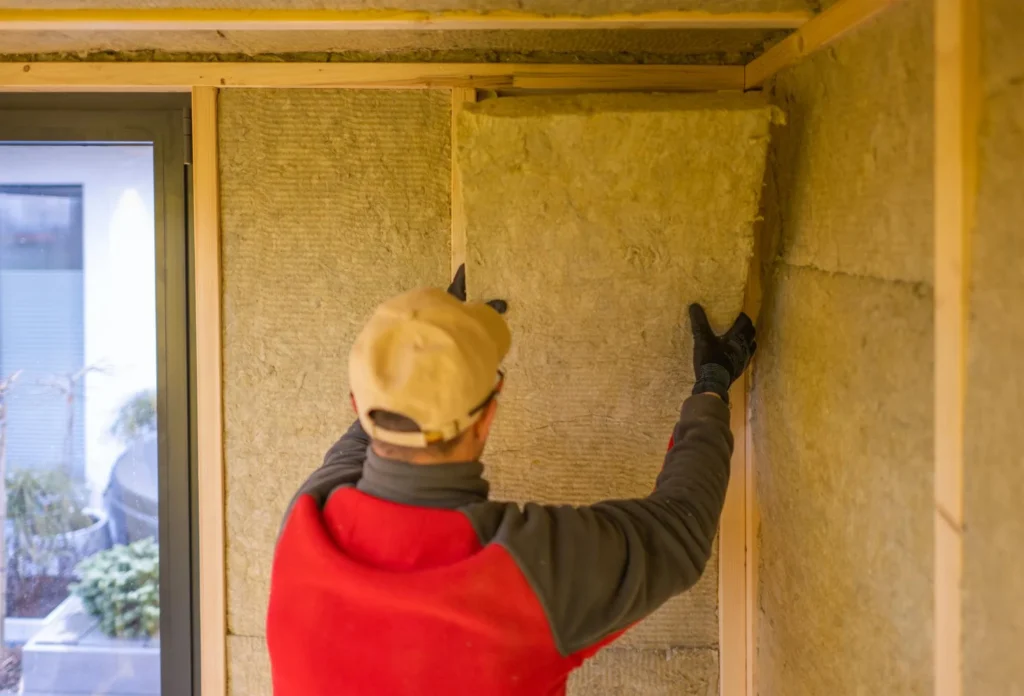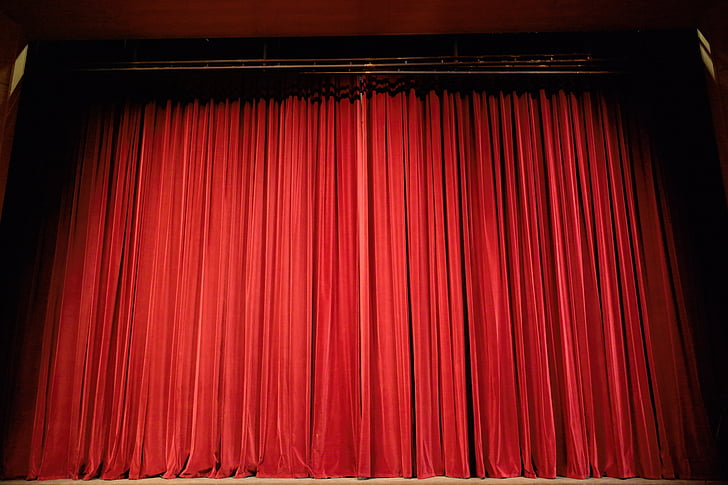We will play anywhere — room, tent, field, brewery or zoo — and do our utmost to give you great sound. But sadly, we have an enemy, a villain most foul. Her name is Echo.
TL;DR: Echo is the enemy of good sound. But there is a simple cure: soft furnishings. Those alone will make a huge difference.
Echo: a very beatable enemy
Ceilidhs are mostly held in big rooms. When they have concrete walls, wooden floors, and a full complement of rowdy people, the echoes can be really bad. At worst it can become a cacophony where you can hardly hear anything.
Yet it doesn’t have to be so. There are many things that can be done to improve the acoustics of a room, and many of them aren’t expensive or difficult. Some, like adding wall hangings and rugs, you can do while decorating for the party.
So for those who want to delve into it, this blogpost explains the basics. As we are not acoustics experts, it was written in consultation with friends who are.
The science bit (not too much)
There are two ways to dampen down echoes: absorption – sucking them up, and diffusion – reflecting them in different directions.
For absorption you need porous materials, that the air can go into. As it rubs against their inner surfaces, the resistance turns its sound energy into heat.
Some people talk in terms of “soft” vs “hard” materials, but that’s actually a bit of a confusion. It’s true that many porous materials, like soft furnishings, are also soft, and many non-porous ones, like glass and concrete, are also hard. But it’s porosity that’s the crucial factor, not softness. Yoga mats are soft but not porous, and not absorbent. And mineral wool, stiff but porous, is a great absorber.
For diffusion, what matters is not the type of material, but it’s shape – you want uneven surfaces to scatter sound reflections about. But diffusion is more for polishing the finer details of acoustics. For just stopping the worst echoes, absorption is the priority. So think porous.
What material you need
Lower frequencies require thicker and denser material to absorb them than higher ones.
For speech and the treble end of music, lightweight material 1-3 cm thick is enough. So soft furnishings like wall hangings, curtains and rugs will be fine.
If you want to also absorb lower sounds you need something thicker and denser – e.g. 5-10 cm thick rockwool acoustic boards, and blocks of it in the corners for bass. Obviously, that’s harder to do, especially temporarily, although it is possible to hire free-standing acoustic panels, or to make DIY ones out of rockwool covered in cloth in a wooden frame.
But it is the treble frequencies that make speech unintelligible, and amplified music most harsh. So just throwing some soft furnishings in is absolutely worth it. That alone can often take a room from “unbearable” to “okay”.

Where to put it
With soft furnishings, the rule of thumb is that you should aim to cover a third of the surface area of the room. However, if you can’t, even 10% will help.
Areas and treatments are, in order of priority:
- Back wall (facing the stage) – this is the most important area, as sound from the PA tends to bounce straight off it. If possible, hang thick curtains or wall hangings across it.
- The first few metres of floor in front of speakers is the next most important. If it isn’t the dance floor, cover it with thick rugs or carpet.
- The side walls are next. Try to break them up with curtains, panels, artwork or bookcases. Don’t make both walls identical, as asymmetry helps.
- Next, if you can, add upholstered seating, sofas and cushions around the room.
- Then the ceiling – anything you can suspend over any part of it will help, such as fabric banners or curtains.
- Then the corners, which is where boomy bass echoes build up. Putting heavy porous things like sofas in them should help.
- Lastly the rest of the floor – add more thick rugs or carpet.
If you can throw some acoustic panels into the mix, it will help even more. And as they’re more efficient absorbers, you also only need to cover half the area with them as you do with soft furnishings.
Ideal panel locations, in order of priority, are:
- Back wall.
- Side walls at ear height.
- Ceiling.
- Corners (optional) for low-end boom.

Don’t let Echo win
Obviously, these are just suggestions. As above, we will do our best with any room.
But if you do find that you’ve booked a venue in which Echo seems to be Mistress of Ceremonies, and you want to do something about it, we hope this is some use. We don’t want to let her thwart our plans to give you the most glorious, swing yer pants, pump your rump ceilidh.
***
This blogpost was written by Josie. Thanks to Graham Knapp for checking the science!

